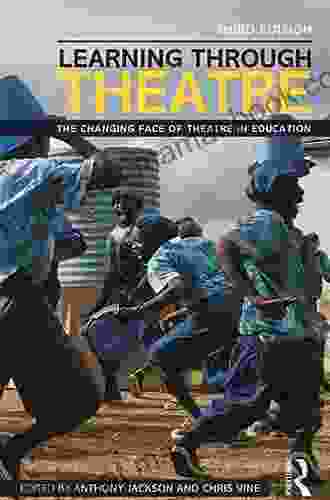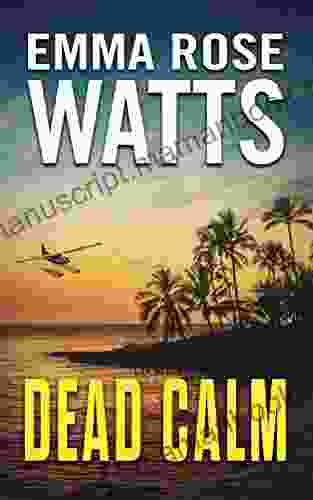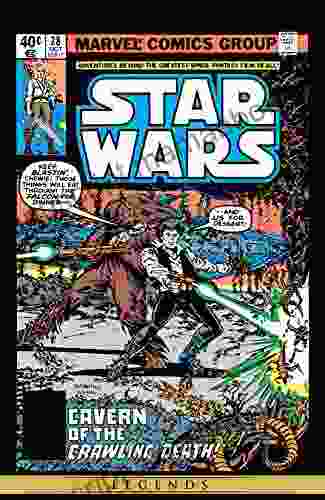The Changing Face of Theatre in Education: A Journey Through Its Evolution

5 out of 5
| Language | : | English |
| File size | : | 10603 KB |
| Screen Reader | : | Supported |
| Print length | : | 352 pages |
| X-Ray for textbooks | : | Enabled |
Theatre in Education (TIE) is a dynamic and ever-evolving field that harnesses the power of theatre to transform education and ignite social change. From its humble beginnings in the mid-20th century to its current position as a vital force in education, TIE has undergone a remarkable journey. This article explores the changing face of TIE, highlighting its historical foundations, innovative practices, and boundless potential to shape the future of learning.
The Genesis of TIE
The roots of TIE can be traced back to the early 20th century, when theatre practitioners began to recognize the potential of theatre to engage and educate audiences. In the 1950s, English theatre director Joan Littlewood established the Theatre Workshop in Stratford, East London, which pioneered the use of theatre as a tool for community engagement and social critique.
In the 1960s, TIE emerged as a distinct field with the founding of Theatre Centre in London and the Educational Theatre Association in the United States. These organizations played a pivotal role in establishing the principles and practices of TIE, emphasizing the importance of collaboration between theatre artists and educators.
Early TIE Practices
Early TIE practices focused on using theatre to address social issues and promote critical thinking. Productions often explored themes such as racism, poverty, and environmental degradation. TIE practitioners employed a variety of techniques to engage students, including interactive performances, workshops, and discussions.
One notable example was the "Theatre in Prisons" program, initiated in the United States in the 1960s. This program brought theatre experiences to incarcerated individuals, using theatre as a tool for rehabilitation and self-discovery.
The Rise of Applied Theatre
In the 1980s and 1990s, TIE began to expand its focus, incorporating elements of applied theatre and community engagement. Applied theatre practitioners used theatre to address specific social issues, such as health education, conflict resolution, and intercultural dialogue.
TIE practitioners collaborated with community organizations, schools, and youth groups to develop performances and workshops that were tailored to the needs of the local community. This approach fostered a deeper connection between theatre and social change.
Innovation in TIE
In recent years, TIE has continued to evolve, embracing new technologies and innovative practices. Digital theatre, immersive experiences, and interactive storytelling have become integral to the field. TIE practitioners are also exploring the use of theatre to address contemporary issues such as climate change, mental health, and digital literacy.
One example is the use of virtual reality (VR) in TIE. VR can create immersive experiences that allow students to step into different worlds and perspectives, fostering empathy and critical thinking.
The Impact of TIE
The impact of TIE on education and society has been profound. TIE has been shown to:
* Improve literacy, communication, and critical thinking skills * Foster empathy and intercultural understanding * Promote social justice and civic engagement * Enhance creativity and self-expression * Support personal growth and well-being
TIE has also played a significant role in youth development, providing opportunities for young people to explore their creativity, develop their communication skills, and engage with social issues.
The Future of TIE
The future of TIE is bright. The field continues to grow and evolve, adapting to meet the changing needs of society. TIE practitioners are embracing new technologies and pedagogical approaches to create innovative and impactful theatre experiences.
One emerging trend is the integration of TIE with other disciplines, such as science, technology, engineering, and mathematics (STEM). TIE practitioners are exploring ways to use theatre to make STEM concepts more accessible and engaging for students.
The changing face of Theatre in Education reflects the dynamic and ever-evolving nature of the field. From its humble beginnings as a tool for social critique to its current position as a vital force in education and social change, TIE has undergone a remarkable journey. As the world continues to face complex challenges, TIE will undoubtedly play an increasingly important role in shaping the future of learning and fostering a more just and equitable society.
5 out of 5
| Language | : | English |
| File size | : | 10603 KB |
| Screen Reader | : | Supported |
| Print length | : | 352 pages |
| X-Ray for textbooks | : | Enabled |
Do you want to contribute by writing guest posts on this blog?
Please contact us and send us a resume of previous articles that you have written.
 Top Book
Top Book Novel
Novel Fiction
Fiction Nonfiction
Nonfiction Literature
Literature Paperback
Paperback Hardcover
Hardcover E-book
E-book Audiobook
Audiobook Bestseller
Bestseller Classic
Classic Mystery
Mystery Thriller
Thriller Romance
Romance Fantasy
Fantasy Science Fiction
Science Fiction Biography
Biography Memoir
Memoir Autobiography
Autobiography Poetry
Poetry Drama
Drama Historical Fiction
Historical Fiction Self-help
Self-help Young Adult
Young Adult Childrens Books
Childrens Books Graphic Novel
Graphic Novel Anthology
Anthology Series
Series Encyclopedia
Encyclopedia Reference
Reference Guidebook
Guidebook Textbook
Textbook Workbook
Workbook Journal
Journal Diary
Diary Manuscript
Manuscript Folio
Folio Pulp Fiction
Pulp Fiction Short Stories
Short Stories Fairy Tales
Fairy Tales Fables
Fables Mythology
Mythology Philosophy
Philosophy Religion
Religion Spirituality
Spirituality Essays
Essays Critique
Critique Commentary
Commentary Glossary
Glossary Bibliography
Bibliography Index
Index Table of Contents
Table of Contents Preface
Preface Introduction
Introduction Foreword
Foreword Afterword
Afterword Appendices
Appendices Annotations
Annotations Footnotes
Footnotes Epilogue
Epilogue Prologue
Prologue Leslie Atkins Elliott
Leslie Atkins Elliott Patrick Radden Keefe
Patrick Radden Keefe Bill James
Bill James Robin Goodfellow
Robin Goodfellow Jane Kingsley Smith
Jane Kingsley Smith John Gilstrap
John Gilstrap William A Graham
William A Graham Alankruti Naik
Alankruti Naik James Mascia
James Mascia Ian Burns
Ian Burns Brigitte Inslicht
Brigitte Inslicht Ulysses S Grant
Ulysses S Grant Jon Edgell
Jon Edgell Sean Gaillard
Sean Gaillard Robert Weintraub
Robert Weintraub Maxine Neely Davenport
Maxine Neely Davenport Shawn Wickens
Shawn Wickens Nicole M Sahin
Nicole M Sahin Christina Tosi
Christina Tosi L T Ryan
L T Ryan
Light bulbAdvertise smarter! Our strategic ad space ensures maximum exposure. Reserve your spot today!
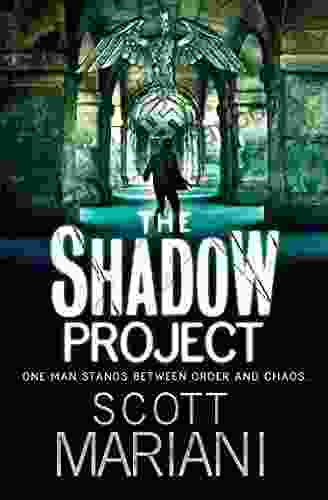
 Bernard PowellThe Shadow Project: Ben Hope - A Thrilling and Immersive Reading Experience
Bernard PowellThe Shadow Project: Ben Hope - A Thrilling and Immersive Reading Experience David Foster WallaceFollow ·15.7k
David Foster WallaceFollow ·15.7k Edgar CoxFollow ·12.2k
Edgar CoxFollow ·12.2k Garrett PowellFollow ·10.8k
Garrett PowellFollow ·10.8k Harry CookFollow ·17.9k
Harry CookFollow ·17.9k Glenn HayesFollow ·14.8k
Glenn HayesFollow ·14.8k Cormac McCarthyFollow ·3.1k
Cormac McCarthyFollow ·3.1k Devon MitchellFollow ·9.9k
Devon MitchellFollow ·9.9k Hugh BellFollow ·17.1k
Hugh BellFollow ·17.1k
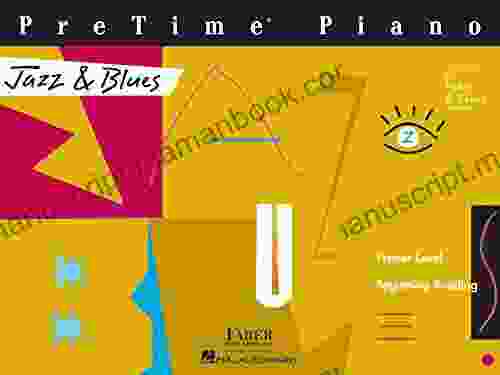
 Jaylen Mitchell
Jaylen MitchellPretime Piano Jazz Blues Primer Level: A Comprehensive...
The Pretime Piano...
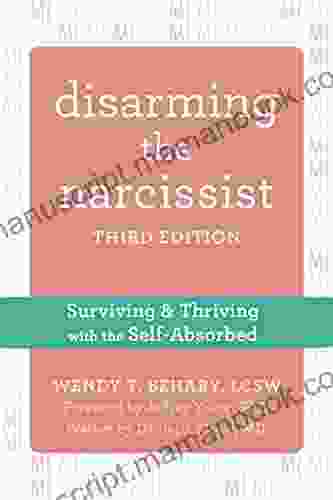
 Mark Twain
Mark TwainSurviving and Thriving with the Self-Absorbed: A...
Interacting with self-absorbed...

 John Keats
John KeatsTo Love Is To Surrender: A Deep Dive into the...
Surrender is one of the most enigmatic and...
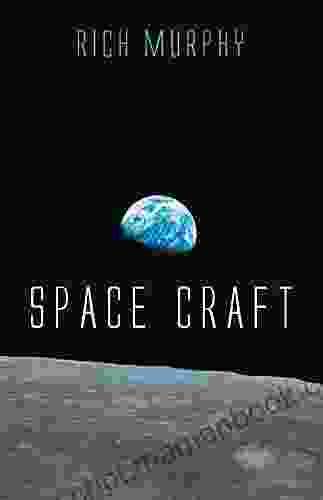
 Steven Hayes
Steven HayesRich Murphy: A Visionary Engineer Shaping the Future of...
In the annals of space...
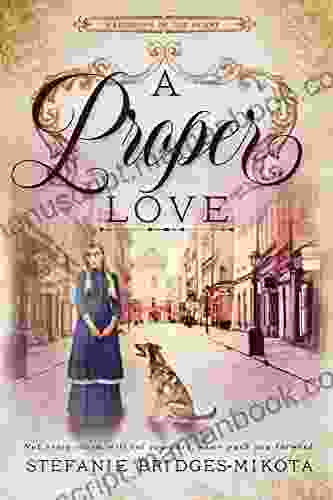
 Neil Parker
Neil ParkerProper Love: Navigating the Hardships of the Heart
Love is a beautiful emotion that can bring...
5 out of 5
| Language | : | English |
| File size | : | 10603 KB |
| Screen Reader | : | Supported |
| Print length | : | 352 pages |
| X-Ray for textbooks | : | Enabled |


